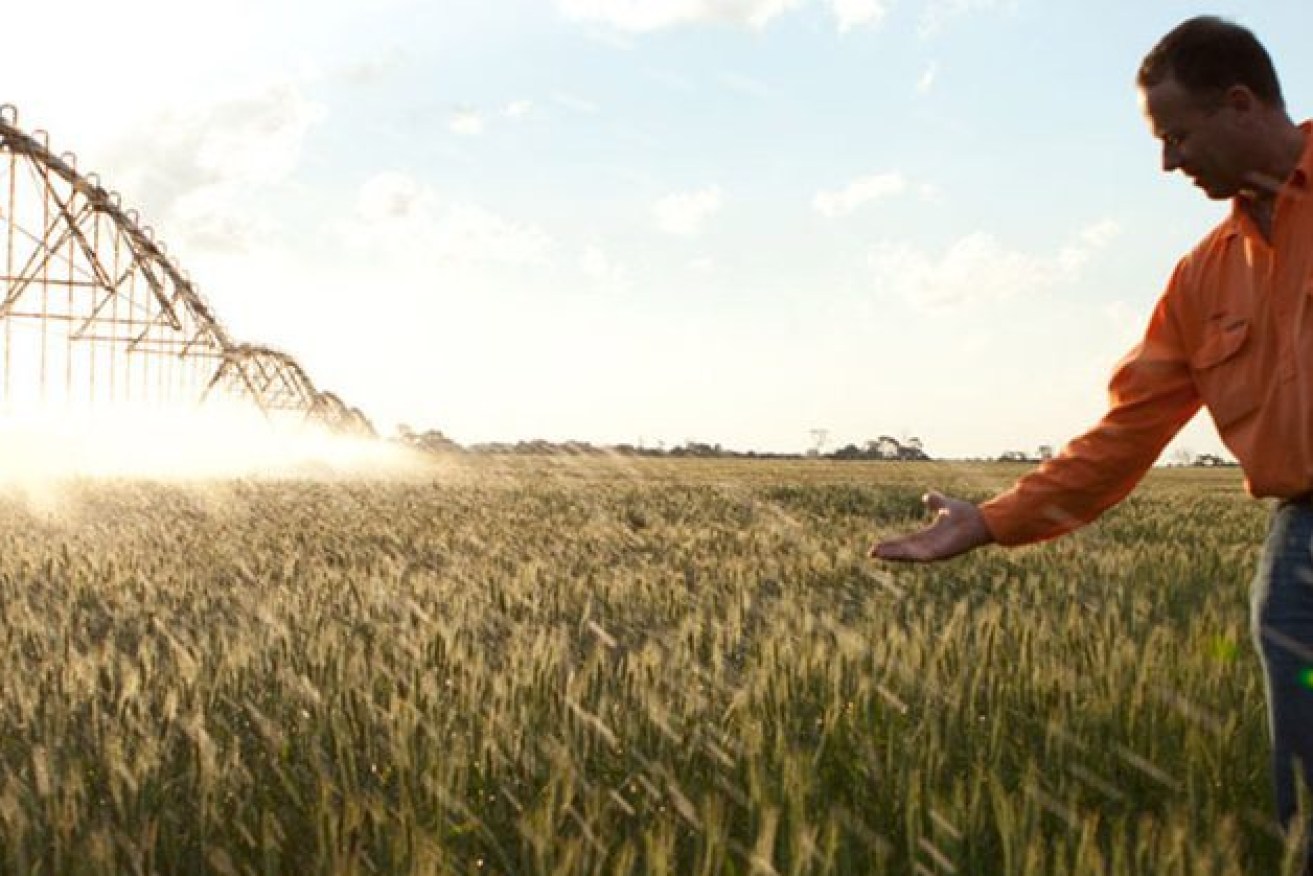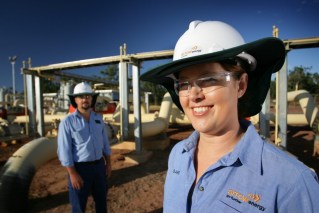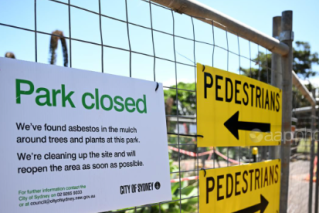CSG companies may have to pay to fix farmland subsidence
The State Government agency has found that CSG-related subsidence on highly prized farmland could be as much as 175mm in some places and that it presented real and consequential costs to farmers.


Farmers have been fighting over subsidence claims from CSG (photo supplied)
It adds another level of complexity for the industry which has a vocal opposition in some farming areas.
A report from the Gasfield Commission has found that if drainage is affected on farmland there was a potentially high level of productivity losses.
The Office of Groundwater Impact Assessment investigated the issue in 2021 and found subsidence of 100mm near wellfields. Its 2022 annual report noted that it had increased to 120mm, but it was now predicting that it could increase to around 175mm in more heavily developed fields.
“It is expected that rectification work may be required on some farmland because of CSG-induced subsidence,” the report said.
The report said CSG extraction will cause the land surface to subside in and adjacent to CSG well fields and becomes a permanent feature.
But under State Government regulations, the burden of proof was on the landholder “and the commission is of the view that procedural systems are generally unsuitable for managing the issue”.
GasFields Commission chief executive Warwick Squire said coal seam gas-induced subsidence had emerged as a significant concern of landholders in priority agricultural areas, particularly on Queensland’s Condamine Flood Plain.
“Key to these concerns is the potential economic impact on specialised and slope-dependent farming systems, and the subsequent legal protections available to these landholders should a material impact occur,” he said.
“The report outlines that due to the unique nature of farming in these areas and the low slope of the land, there may be instances where CSG-induced subsidence has a consequential impact on farming operations.
“The report also acknowledges that the science base for CSG-induced subsidence is continuing to evolve and further testing of the findings of this report need to be undertaken when more detailed farm-scale monitoring and modelling is available.
“It recommends farm field scale satellite data be made available publicly and that further research is undertaken how landscape scale changes could impact overland flow.”












